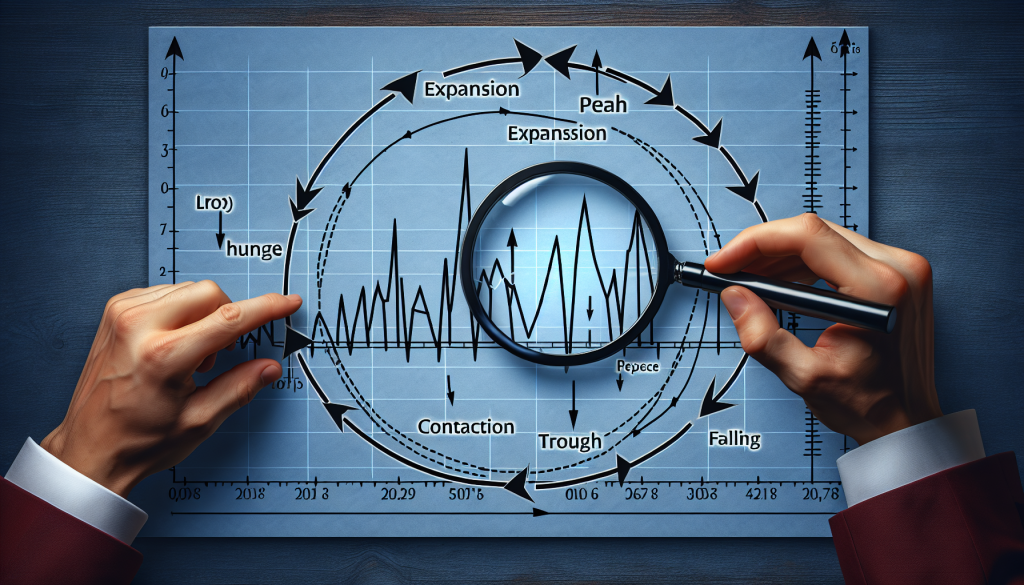What is a Cyclical Market?

Welcome back to our exploration of financial market dynamics. Today, we shall immerse ourselves in understanding another fundamental concept: the cyclical market. So, what is a cyclical market? Let’s delve in and find out.
Understanding the Basics: Defining a Cyclical Market
At its core, a cyclical market refers to a market that displays clear, repetitive patterns over shorter timeframes, typically years or even months. These cycles consist of four stages: expansion, peak, contraction, and trough.
The Expansion Phase
The expansion phase is characterised by a steadily growing economy. Here, consumers are confident, businesses are thriving, and stock prices are generally on the rise.
The Peak Phase
The peak represents the height of economic growth. It’s the point where the expansion phase plateaus before things start to turn.
The Contraction Phase
The contraction phase, also known as a recession, is when the economy begins to slow down. This includes decreases in GDP, employment, and income.
The Trough Phase
The trough phase represents the lowest point of a cyclical market. From here, the only way is up, and thus, another cycle begins.
The Importance of Cyclical Markets
Recognising the existence of one is vital for investors. Why? Because acknowledging these cycles can help investors make better, more informed decisions.
Navigating the Expansion and Peak Phases
During expansion and peak phases, investors may consider adopting a “buy and hold” strategy. This is due to the positive market conditions and potential for good returns.
Surviving the Contraction and Trough Phases
During contraction and trough phases, investors may wish to adopt defensive strategies. This includes diversifying portfolios or focusing on sectors that perform well during economic downturns.
Identifying a Cyclical Market
Identifying one can be challenging. However, tracking economic indicators such as GDP, interest rates, and unemployment rates can provide valuable insights.
Tracking Economic Indicators
By keeping a close eye on various economic indicators, investors can potentially predict where we are in the current market cycle, and thus make more astute investment decisions.
Conclusion
In summary, it refers to the market’s natural tendency to move in cyclical patterns over shorter periods. Understanding what a cyclical market is, and how to navigate it, is a valuable tool in any investor’s arsenal.
Always remember, knowledge is power. The more we understand these market movements, the better our chances of successfully navigating the financial landscape. So, the next time someone asks, “What is a cyclical market?” you’ll not only have the answer, but you’ll also know how to leverage this knowledge to your advantage. Here’s to making smart, informed investment decisions!

